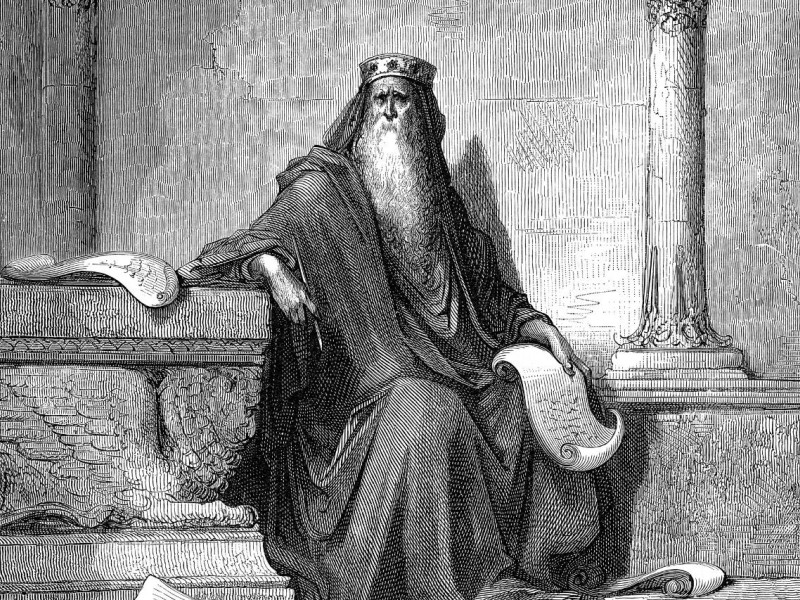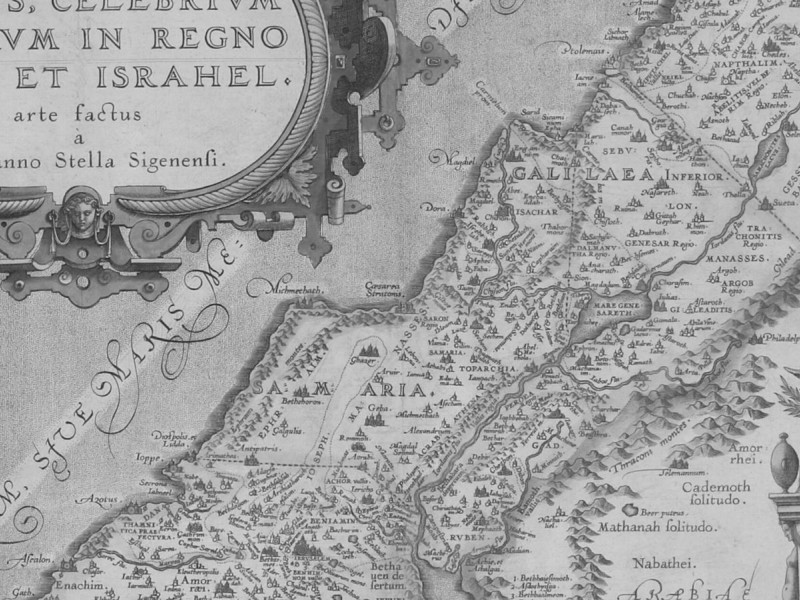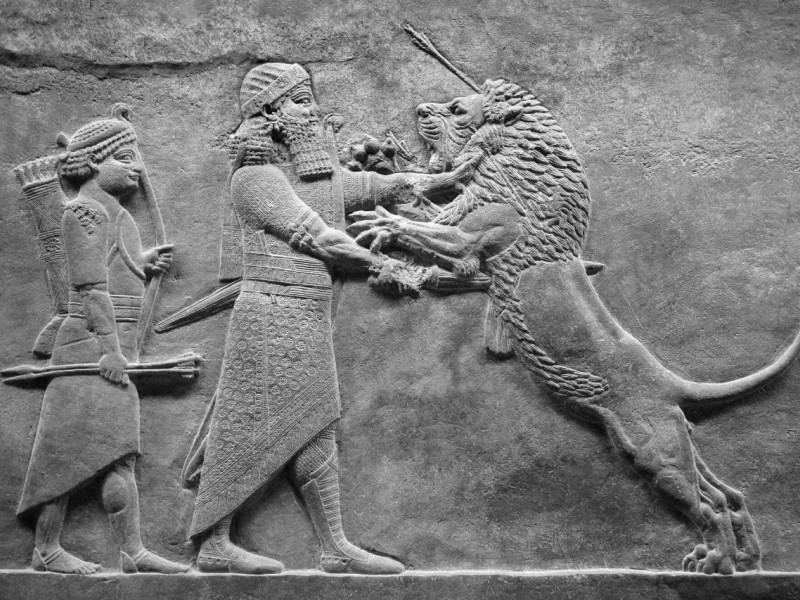Timeline of the Israelite Kingdoms
United Israelite Kingdom
Saul |
c. 1030 – c. 1010 BC |
David |
c. 1010 – c. 970 BC |
Solomon |
c. 970 – 931 BC |
It should be noted that David didn’t immediately become king of the other eleven tribes upon Saul’s death. David ruled Judah first for seven and a half years, with Hebron as his capital, before he became king of the unified kingdom. Therefore, David ruled over all of the tribes of Israel for only 33 years, 40 years over the tribe of Judah (1 Kings 2:10-11). Saul’s son Ishbosheth became king of the northern kingdom of Israel upon Saul's death, before he was murdered by his two officers.
Solomon ruled for 40 years, though one of his officers named Jeroboam rebelled against his rule in the last year of Solomon’s rule.
In the 4th year of Solomon’s reign, 1 Kings 6:1 indicated that 480 years had passed since Moses led the Israelite tribes in exodus out of Egypt. This would mean that the Exodus happened about 1447-1446 BC.
Kingdoms of Judah and Israel
|
| ||||||||||||||||||||||||||||||||||||||||||||||||||||||||||||||||||||||||||||||||||
Below is a table that lists the periods of Hebrew-Israel history, politically and in literature.
Year |
Period |
957 – 587/6 BC |
First Temple period |
587/6 – 538 BC |
Babylonian exile |
538 BC – AD 70 |
Second Temple period |
c. 300 BC – c. AD 200 |
Dead Sea Scrolls |
The kingdoms of the Israelite people fall under the First Temple period, beginning with Solomon’s completion of the temple in Jerusalem till the fall of Jerusalem and destruction of Solomon’s temple, in 587/6 BCE. They include the united monarchy under Solomon, and the divided kingdoms after Solomon's death.
Israel, the northern kingdom, fell to the Assyrians, particularly after the capture of its capital, Samaria, in 721 BCE.
According to the OT, in 2 Kings, the Babylonians captured Jerusalem and deported many of its nobles and craftsmen as hostages to Babylon. The king was Nebuchadrezzar II (reign, c. 605–c. 561 BCE), the second king of the Chaldean dynasty. It was the zenith of the Babylonian empire, known as the Neo-Babylonian period. Nebuchadrezzar’s empire absorbed the Assyrian Empire, and extended from Egypt in the west to Elam/Persia in the east. The Babylonian empire, under Nabonidus, fell to Cyrus II (c. 550-529 BCE) with the fall of Babylon, in October of 539 BCE.
For Jewish history, their period of captivity was known as the Babylonian Exile, from 586–538 BCE. According to many Biblical scholars (though some disagree), much of the Hebrew scriptures were composed, edited and interpreted during this period and afterward. This work of composition and further editing continued when Cyrus allowed the Jews to return to Jerusalem in 538 BCE.
By Jimmy Joe








